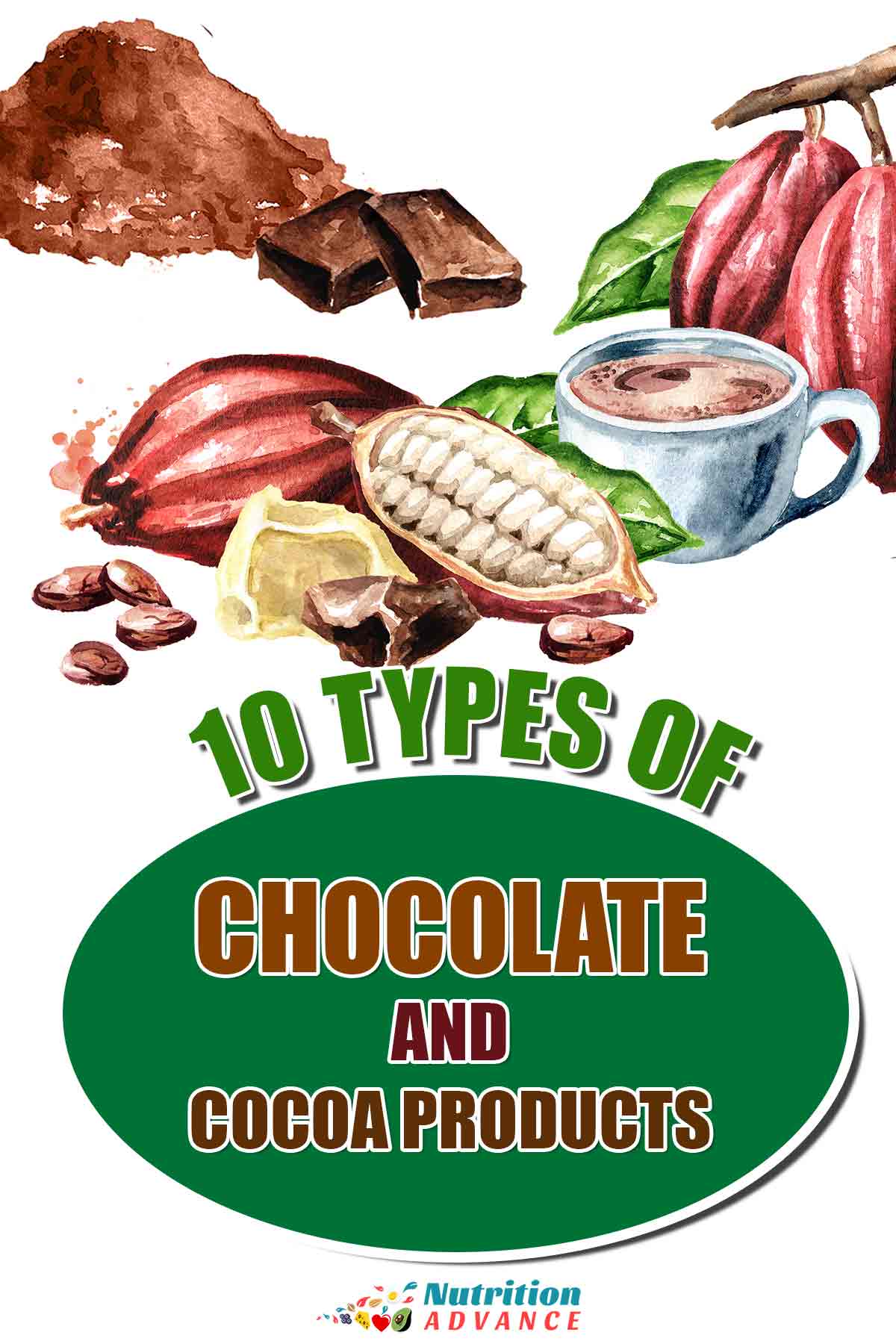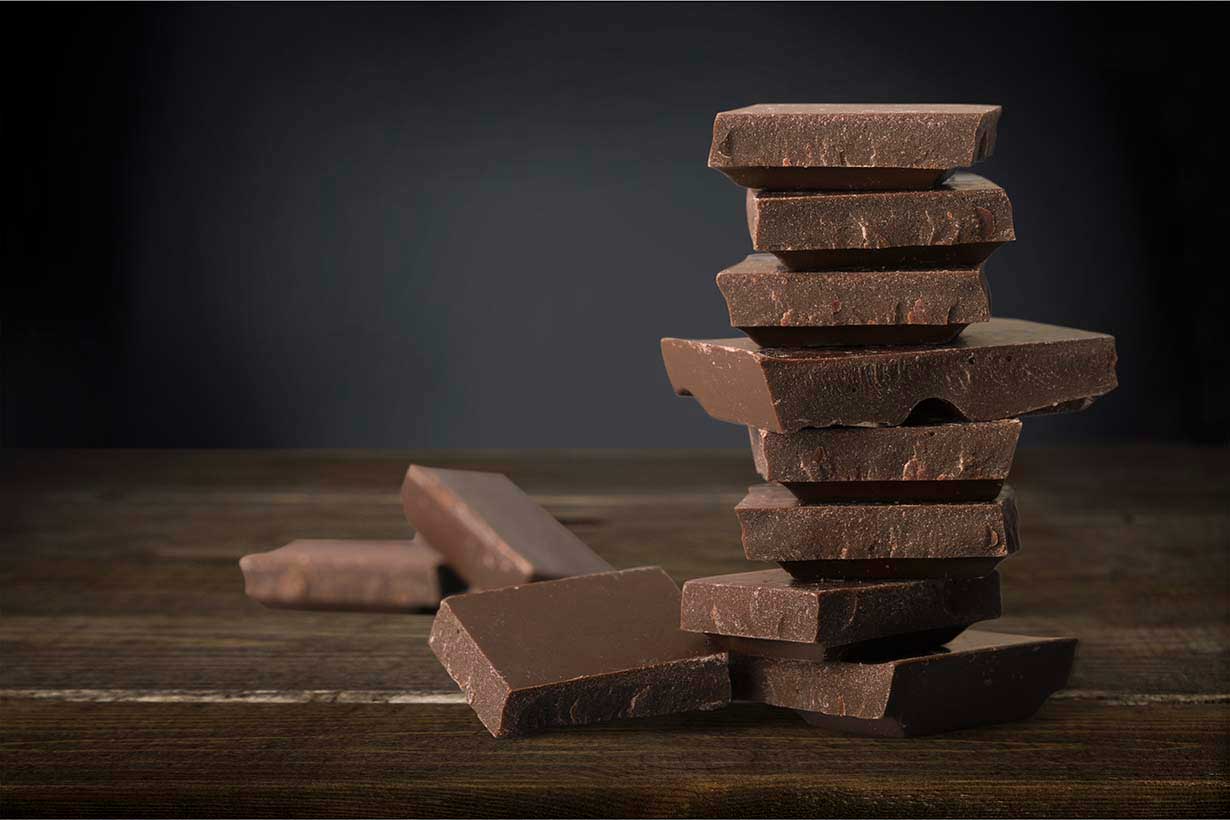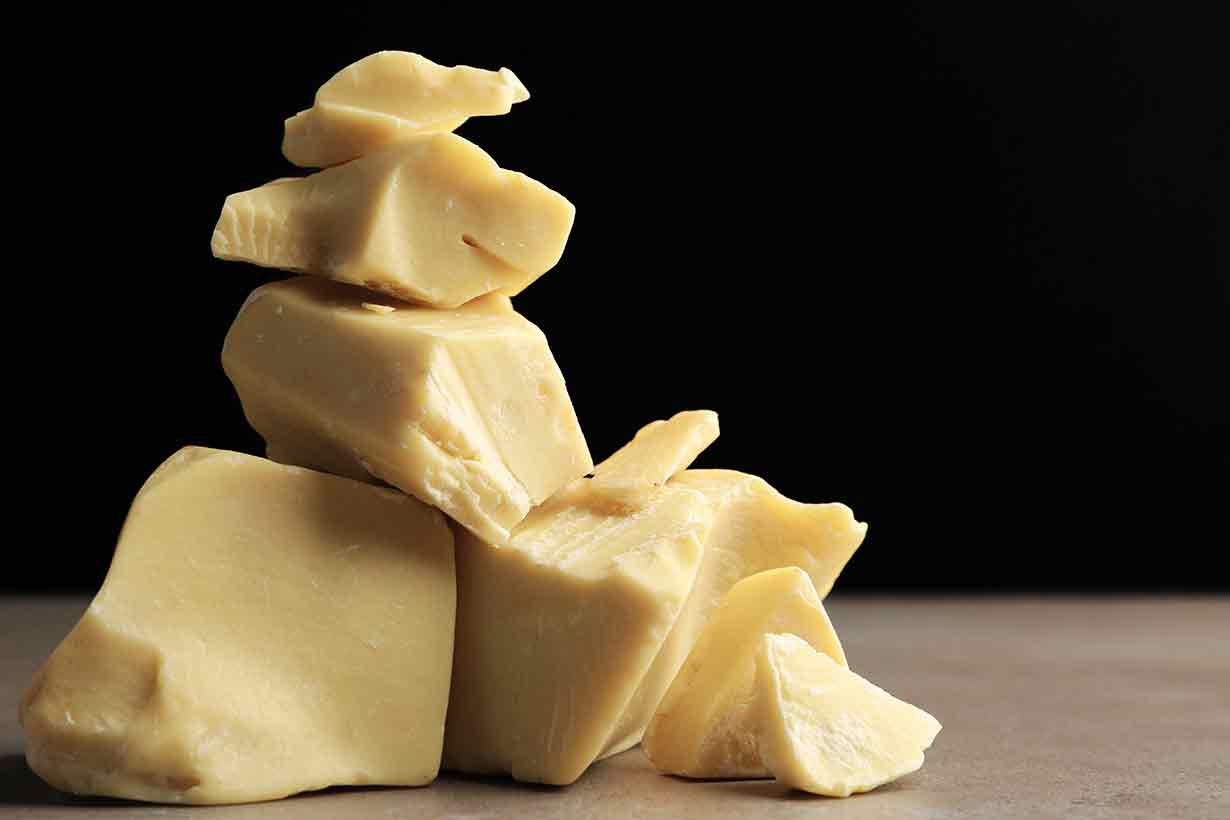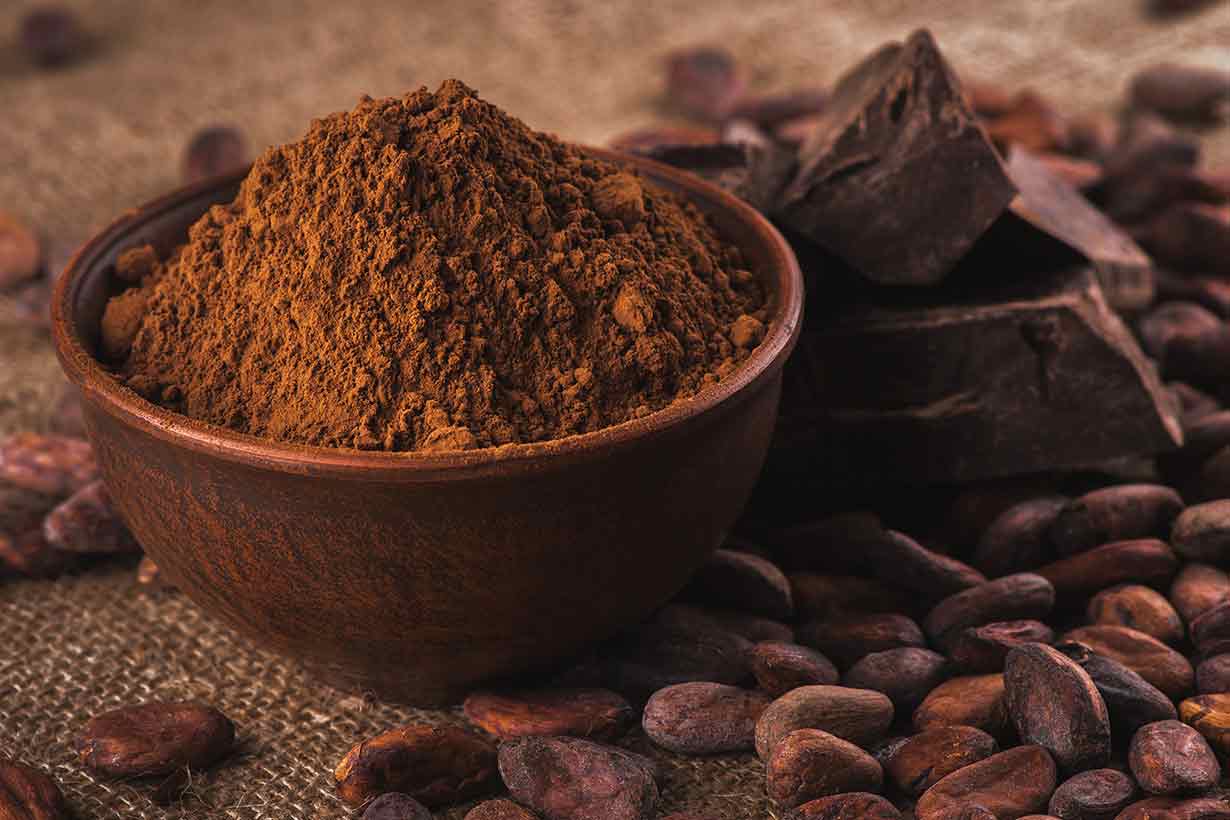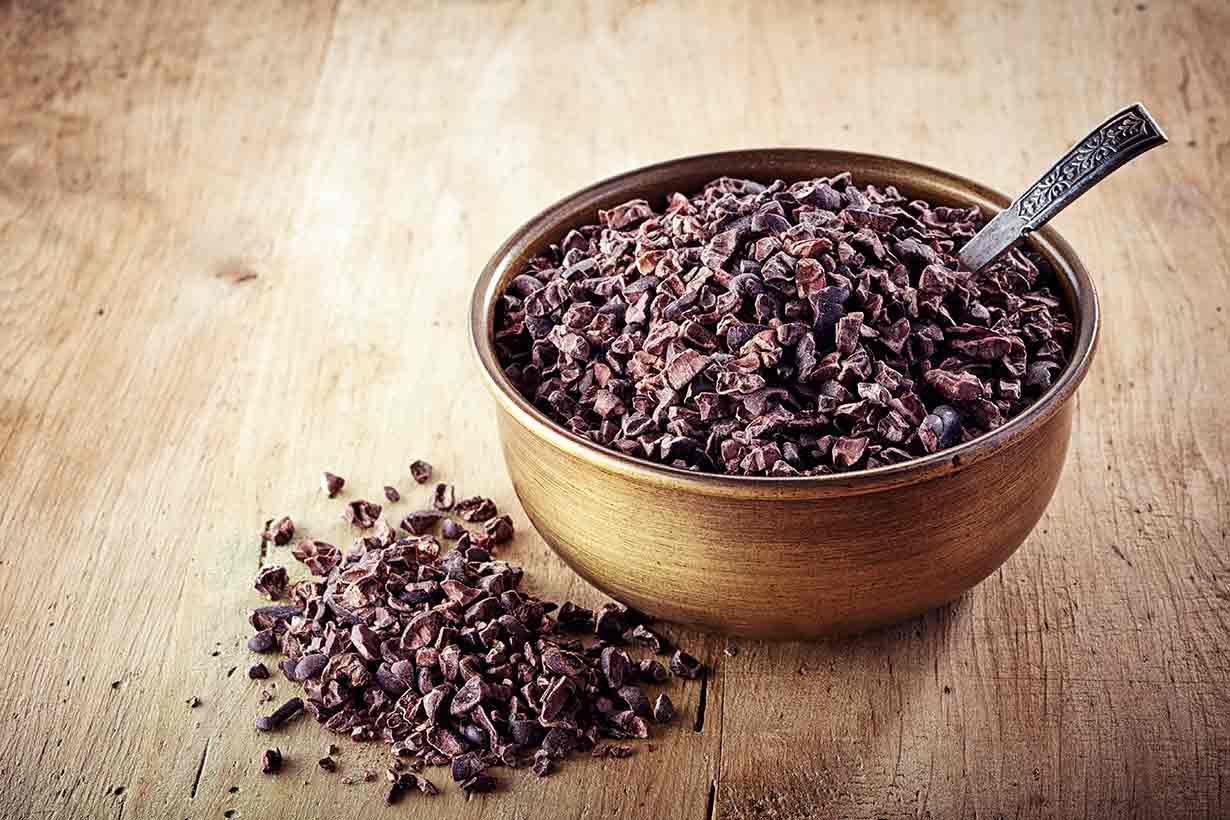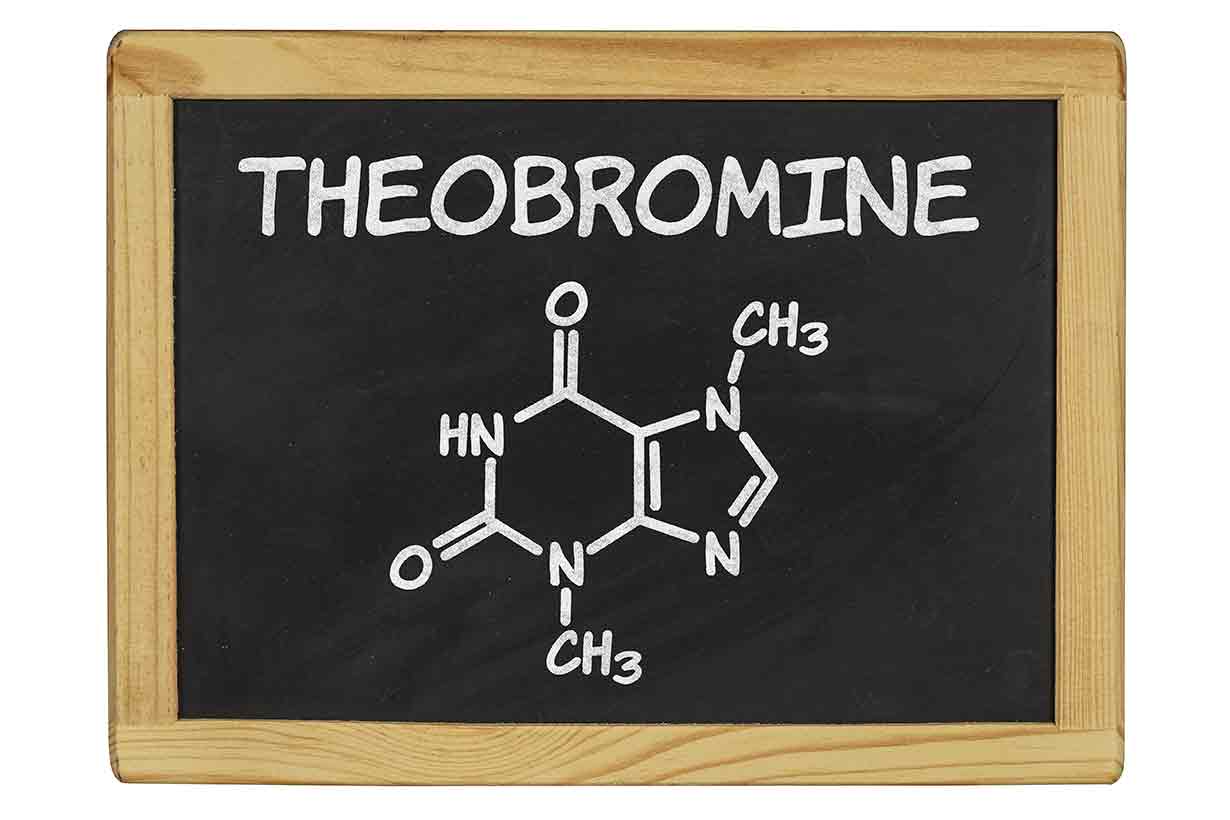Chocolate is incredibly popular, and it is one of the common foods in the world.
Cocoa products play a role in many different recipes; some of these products are little more than minimally processed cocoa beans, while others also contain additional ingredients.
This guide takes a look at some of the most popular types of chocolate and cocoa products.
1) Baking Chocolate

Baking chocolate was traditionally an unsweetened bar of chocolate used for baking purposes.
However, in recent times, it is possible to buy a wide range of sweetened baking chocolate products too.
These chocolate bars tend to be ‘cheap and cheerful’ options rather than premium chocolate products, and their affordable pricing reflects this.
We may find four different types of baking chocolate in stores:
- Unsweetened
- Bittersweet
- Semisweet
- Sweet
Sweet baking chocolate has the highest sugar content, while unsweetened, as the name suggests, contains no added sugar.
2) Brewed Cocoa
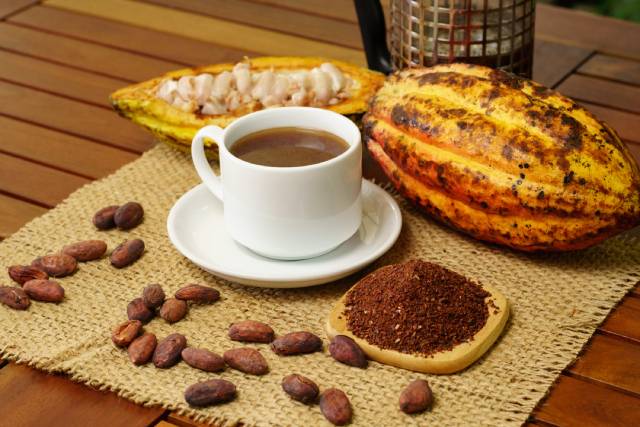
Interestingly, it is possible to use cocoa beans in the same way as coffee.
Brewed cacao is an increasingly popular drink made from ground cocoa beans.
Although it may sound similar, there is a big difference between brewed cocoa products and regular cocoa powder.
For one thing, cocoa powder undergoes processing that removes a large proportion of the cacao butter.
In contrast, brewed cacao products are pure cacao beans that have been roasted and then ground into a texture conducive for brewing.
In other words, they are made in the same way as ground coffee products. Although brewed cocoa is relatively low in caffeine, it contains large amounts of theobromine.
Brewed cocoa has a rich chocolatey taste, and it contains no calories or sugars.
For more information, see this complete guide to brewed cacao:
Does Brewed Cacao Have Benefits?
3) Chocolate Milk
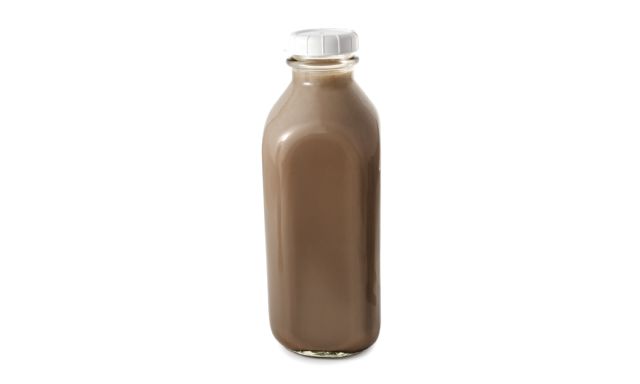
Chocolate milk is a popular dairy product that combines cocoa powder with milk, sugar, and thickeners.
Despite being a processed product that combines multiple ingredients, chocolate milk is relatively nutritious.
It does contain added sugar, but it is also a rich source of protein, and it offers a good range of minerals due to the drink’s cocoa content.
Some research has also demonstrated that chocolate milk may have benefits as a sports recovery drink (1, 2, 3).
These findings are likely because the drink is rich in carbohydrates, protein, and electrolyte minerals (4).
4) Chocolate Spread
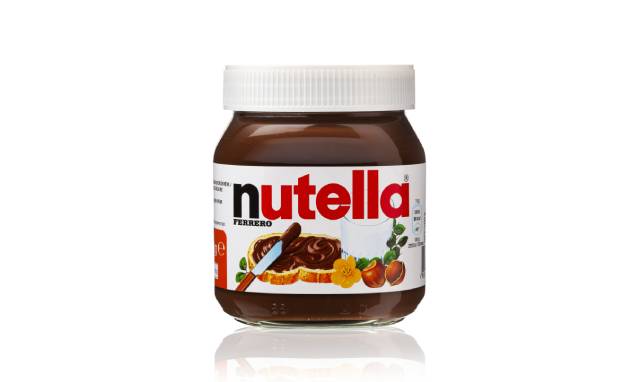
Chocolate spread is another popular cocoa-based product.
There is a wide range of chocolate spread products available, and many of them also contain hazelnuts. Perhaps the most famous of these chocolate spreads is Nutella.
However, these products tend to consist of sugar and oil mainly, so they don’t offer the same nutritional benefits as other cocoa products.
For example, according to the USDA, a typical chocolate spread contains more than 54 grams of sugar per 100 grams (5).
Due to its sugar and oil content, chocolate spread has a soft texture and a sweet taste.
The product remains spreadable even after refrigeration, and people tend to use it on bread or wheat-based products like pancakes.
5) Cocoa Butter
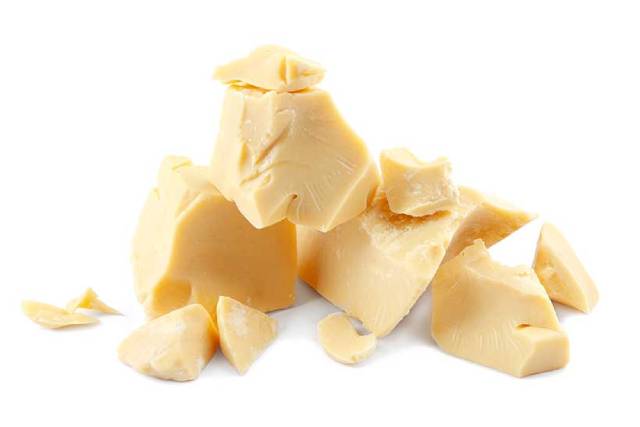
Cocoa butter is simply the pure fat removed from cocoa beans during their processing. Although it is possible to buy pure cocoa butter, it is most commonly used for making chocolate bars.
However, cocoa butter is costly, and one of the most expensive isolated fats. For this reason, many chocolate products use cheaper alternate fats such as palm oil.
The primary fatty acid in cocoa butter is stearic acid, which is a type of saturated fat.
Interestingly, stearic acid does not have a significant influence on lipids/cholesterol. As a result, cocoa butter has a smaller impact on LDL cholesterol levels compared to other rich sources of saturated fat (8).
However, it does tend to have slightly more of an effect than olive oil and other cooking oils because it also contains high amounts of palmitic acid (9, 10).
6) Cacao Nibs
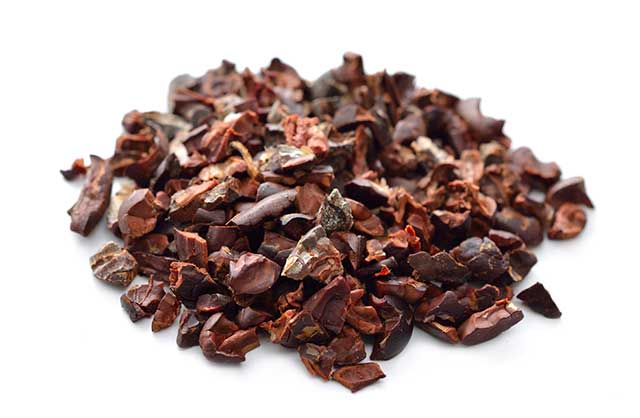
Cacao nibs are pure cacao beans that have been chopped into small chunks.
These small pieces of chopped cacao are often marketed as ‘health food,’ and they offer an excellent range of nutrients.
However, they have an extremely bitter taste that a lot of people find it difficult to enjoy.
For instance, they are significantly more bitter than the darkest dark chocolate bars, as they are 100% pure cacao.
Due to their crunchy texture, cacao nibs also work well in homemade trail mixes or as an ingredient in yogurts and desserts.
7) Cocoa Powder
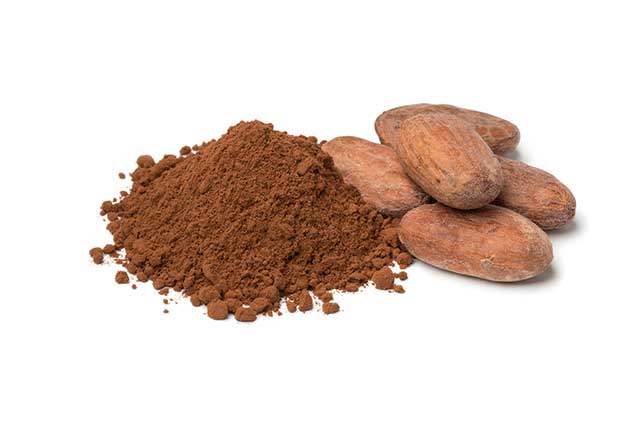
As its name suggests, cocoa powder is a powdered form of cocoa.
After extracting cocoa butter from cacao beans, the remaining cocoa mass undergoes a drying process. Following this, it is then ground, the result of which is cocoa powder (11).
Since it is has a lower fat content, cocoa powder is more nutrient-dense. In other words, it contains higher proportions of vitamins and minerals than cacao nibs.
Among these nutrients, cocoa powder is an especially significant source of magnesium, manganese, and copper (12).
Cocoa powder is also one of the most significant dietary sources of flavonoid polyphenols. Polyphenols are bioactive compounds that may offer several health benefits (13, 14).
Cocoa powder can be used to make homemade chocolate drinks, and it is often a popular ingredient for recipes/baking.
8) Dark Chocolate
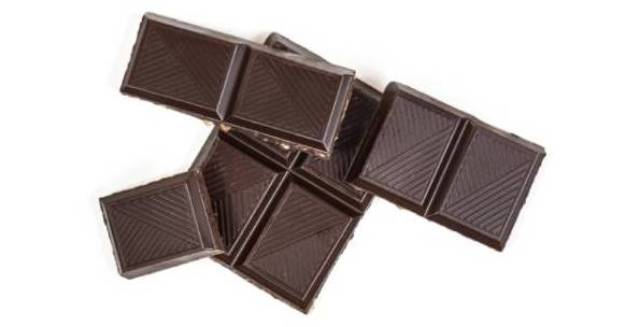
Dark chocolate tends to be made from three main ingredients: cocoa mass, cocoa butter, and sugar. However, it may also contain extra ingredients such as flavorings and emulsifiers.
Also, dark chocolate can range from containing extremely high amounts of cocoa mass to relatively moderate levels.
For example, the FDA in the United States mandates that ‘bittersweet’ dark chocolate must have a minimum cocoa content of 35%. On the other hand, the darkest bars may have a cocoa content approaching 100% (15, 16).
Dark chocolate may have a range of nutritional benefits, but the exact cocoa percentage is important.
For example, dark chocolate bars with a higher cocoa percentage offer more polyphenols, fiber, and essential minerals like magnesium.
In contrast, bars with a lower cocoa percentage will contain higher amounts of sugar at the expense of these other nutrients.
Depending on the specific cocoa content, dark chocolate can range in taste from relatively sweet (35-70%) to extremely bitter (90% +).
It is also worth noting that heavy metal contamination can be higher in dark chocolate (and pure cocoa powder).
For more information, see this article on dark chocolate and heavy metal content.
9) Hot Chocolate
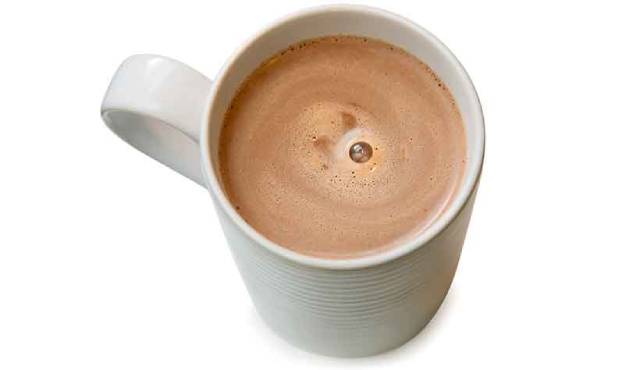
Hot chocolate is another popular cocoa product, and it is sometimes also referred to as ‘drinking chocolate.’
The product is a pre-mixed chocolate powder that makes an instant drink, and it typically contains cocoa powder, sugar, and milk powder.
Hot chocolate is an instant drink that just requires the addition of hot water or hot milk. It has a very sweet taste as it usually contains high amounts of sugar.
For example, a typical hot chocolate powdered mix made by Nestle contains 60% sugar by weight (17).
Nutritionally, homemade hot chocolate made with cocoa powder or dark chocolate is probably the better option.
That said, hot chocolate offers a sweet milk chocolate bar-like taste for those who prefer it.
10) Milk Chocolate
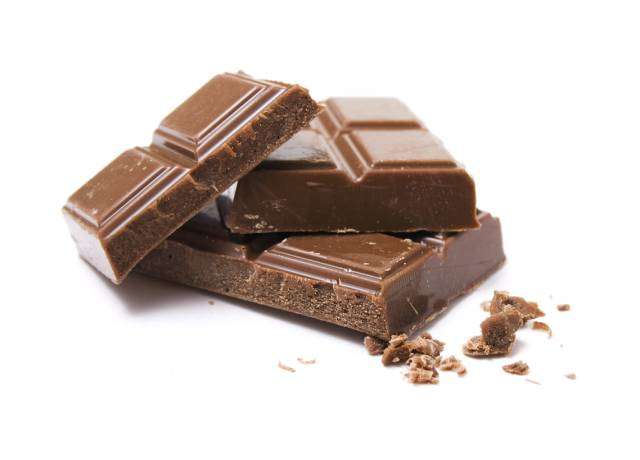
Milk chocolate bars feature a combination of cocoa solids, sugar, and milk powder.
In the United States, milk chocolate bars must contain a minimum of 10% cocoa mass as mandated by the FDA (18).
However, this percentage will vary around the world. For instance, the EU mandate that milk chocolate must contain a much higher minimum of 25% cocoa solids (19).
Milk chocolate contains far higher levels of sugar than darker varieties of chocolate, which some people feel is a health concern.
On this note, a typical bar of milk chocolate contains more than 50% sugar by weight (20).
That said, milk chocolate still provides a decent range of vitamins and minerals. Notably, it contains a higher amount of calcium than dark chocolate due to the milk it contains.
11) White Chocolate
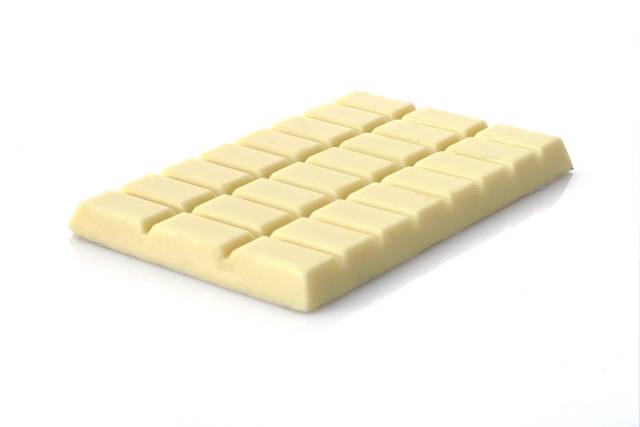
Interestingly, white chocolate contains no cocoa solids.
In fact, the only product from the cocoa bean that it contains is cocoa butter.
Regarding its ingredients profile, white chocolate features a combination of cocoa butter, sugar, and milk powder.
Since it only contains cocoa fat, white chocolate is lower in vitamins and minerals than other types of chocolate.
White chocolate also tends to have the highest sugar content among chocolate bars, with almost 60 grams of sugar per 100 grams (21).
The fact that white chocolate contains no cocoa mass gives it a much sweeter and creamier taste than other chocolate bars.
First, the lack of cocoa removes any hints of bitterness, and the extra milk solids and sugar increase the sweetness. For this reason, white chocolate tends to be especially popular with young children.
Final Thoughts
There are many different chocolate and cocoa-based products around the world. This list of eleven options features some of the most popular of these choices.
For those looking for potential nutritional and health benefits: dark chocolate, cacao nibs, cocoa powder, and brewed cacao probably offer the most benefits with fewer drawbacks.
For people mainly interested in the taste of chocolate, all these options have their own unique properties and taste.

